I just got around to uploading my pictures from the SARA Western Conference held at Stanford University last weekend. I had a great time, and I'm sure everyone who attended did too. Bill and Melinda Lord did a fantastic job organizing the meeting, and a special thanks goes to Phillip and Deborah Scherrer who were our hosts at Stanford.
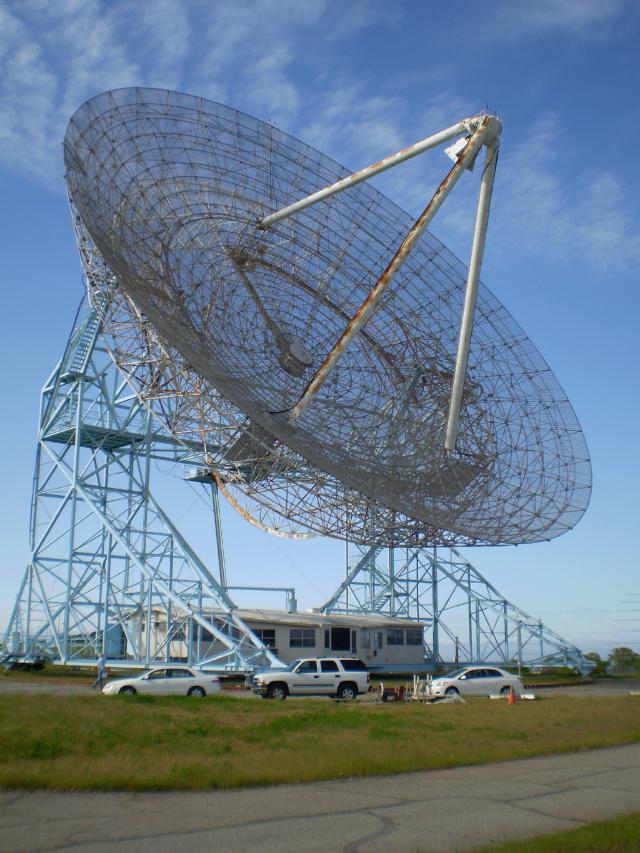
This is the famous Stanford Dish from the front side. After spending most of the conference indoors, it was nice to get out and have a look about. Our first stop was the big dish to get a detailed inside tour. The dish is 150 feet in diameter - you get some sense of scale from the cars in front of it. The whole works including the control room rotates around on four rail car wheels riding on a circular track.
It was a beautiful day, and we could see Mount Hamilton, Mount Diablo, and NASA Ames research center:
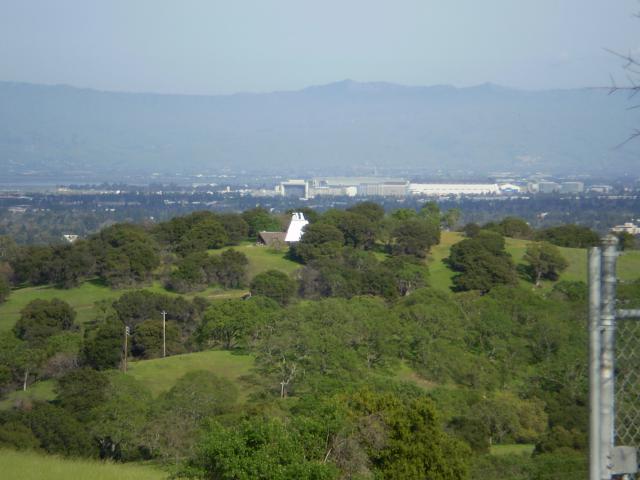
I think the rectangular structure in the picture is the inlet to the huge wind tunnel at Ames. In the foreground, the interesting shaped white building is the Wilcox Solar Observatory which we toured after visiting Stanford Radio Club facility. All of these facilities are within a huge park-like area open to hikers. We felt bad riding in cars while they trudged up the hills!
That's it for now, I'll comment on some of the presentations next time.
Cheers,
Keith

This is the famous Stanford Dish from the front side. After spending most of the conference indoors, it was nice to get out and have a look about. Our first stop was the big dish to get a detailed inside tour. The dish is 150 feet in diameter - you get some sense of scale from the cars in front of it. The whole works including the control room rotates around on four rail car wheels riding on a circular track.
It was a beautiful day, and we could see Mount Hamilton, Mount Diablo, and NASA Ames research center:

I think the rectangular structure in the picture is the inlet to the huge wind tunnel at Ames. In the foreground, the interesting shaped white building is the Wilcox Solar Observatory which we toured after visiting Stanford Radio Club facility. All of these facilities are within a huge park-like area open to hikers. We felt bad riding in cars while they trudged up the hills!
That's it for now, I'll comment on some of the presentations next time.
Cheers,
Keith



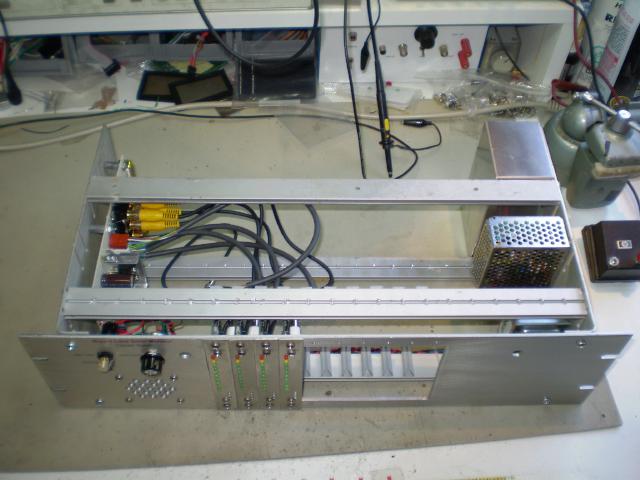

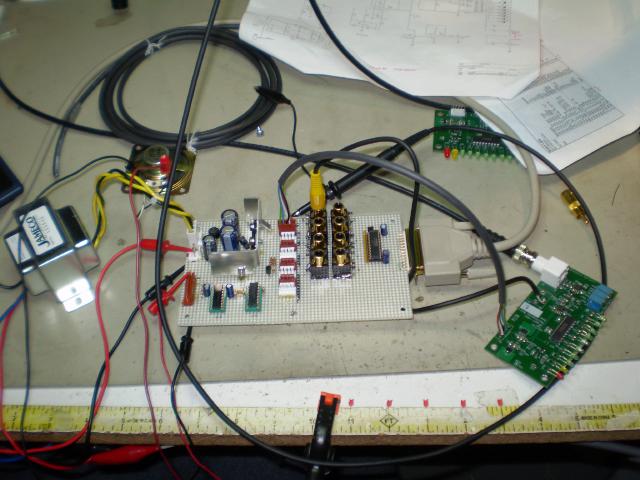
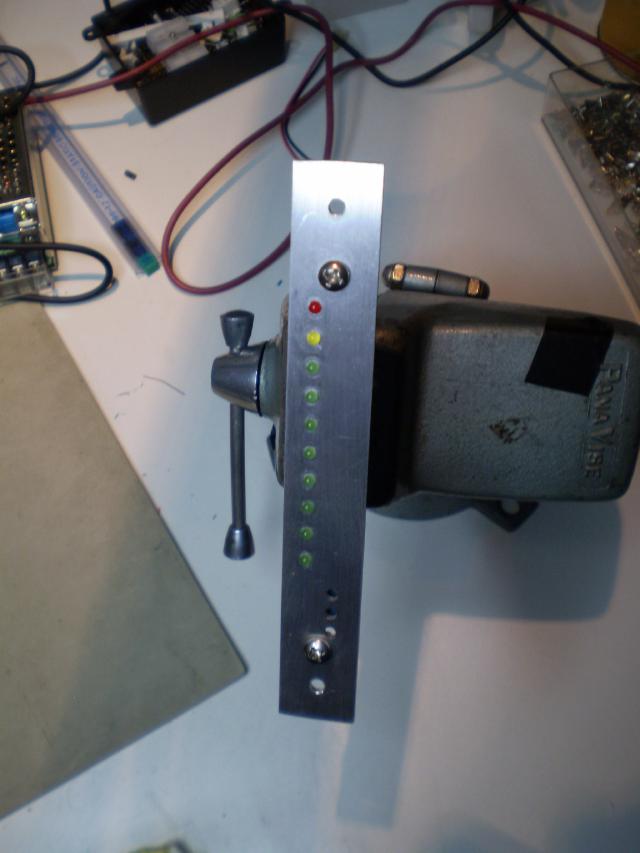
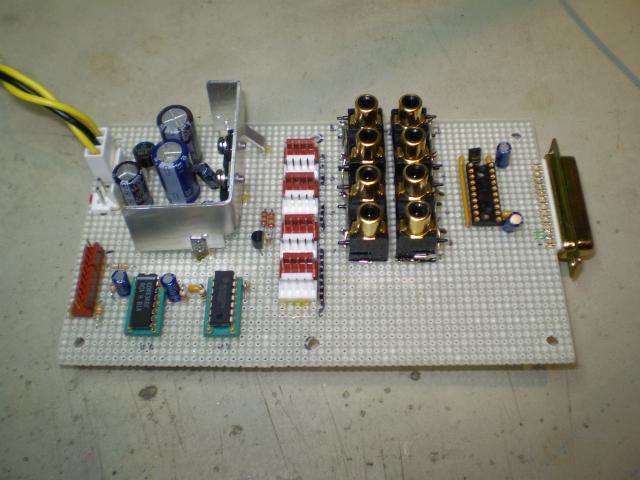
 Calendar
Calendar




